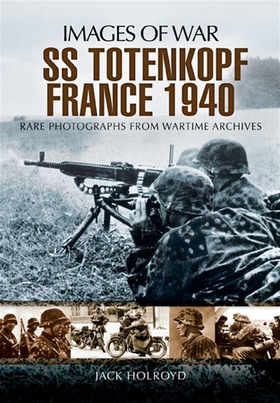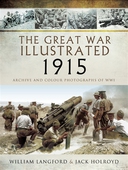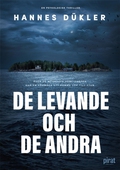
Lägg till önskelistan
SS-Totenkopf France 1940 (Images of War) e-bok
Pris
115 kr
By the end of the Second World War the reputation of Hitler's Schutzstaffel (SS) had become so heavily sullied that the organization was branded criminal and banned in postwar Germany. It's authority in Nazi Germany had been enormous having been made responsible for Reich internal security, it implemented Nazi racial policy and managed the death camps. Most oddly it produced a rival military organization to the German regular army – fighting alongside it but never a part of it – ...
E-Bok
115 kr
Pris
Förlag
Pen and Sword
Utgiven
23 Februari 2021
Längd
128 sidor
Genrer
Historia & Arkeologi, Fackböcker
Serie
Images of War
Språk
English
Format
epub
Kopieringsskydd
Vattenmärkt
ISBN
9781783038947
By the end of the Second World War the reputation of Hitler's Schutzstaffel (SS) had become so heavily sullied that the organization was branded criminal and banned in postwar Germany. It's authority in Nazi Germany had been enormous having been made responsible for Reich internal security, it implemented Nazi racial policy and managed the death camps. Most oddly it produced a rival military organization to the German regular army – fighting alongside it but never a part of it – the Waffen SS.
SS-Totenkopf is a photographic account of that unit's birth and first month of active service. The Division, formed from concentration camp guards, fought alongside Rommel's 7th Panzer Division against the only British armored counterattack of the campaign. However, instances of atrocities committed by men of the Totenkopf began early and the machine-gunning of 97 prisoners of the Norfolk Regiment occurred. In this brief and violent history of the birth of an SS division the original captions and text which accompanied the photographs have been retained in order to capture the original flavor. The translated text appears inter spaced with the author's explanations.
The SS War Correspondent photographers risked their lives to take some of these pictures so up-with-the-action they were and, with their 'blood up', their comments are nationalistically passionate. This is understandable, so successful was the Blitzkrieg campaign in 1940 compared to the efforts of their fathers in 1914-1918 when they failed to break through to the Channel coast. It helps us to understand the euphoric reaction of some of the Totenkopf at the sight of the English Channel.








